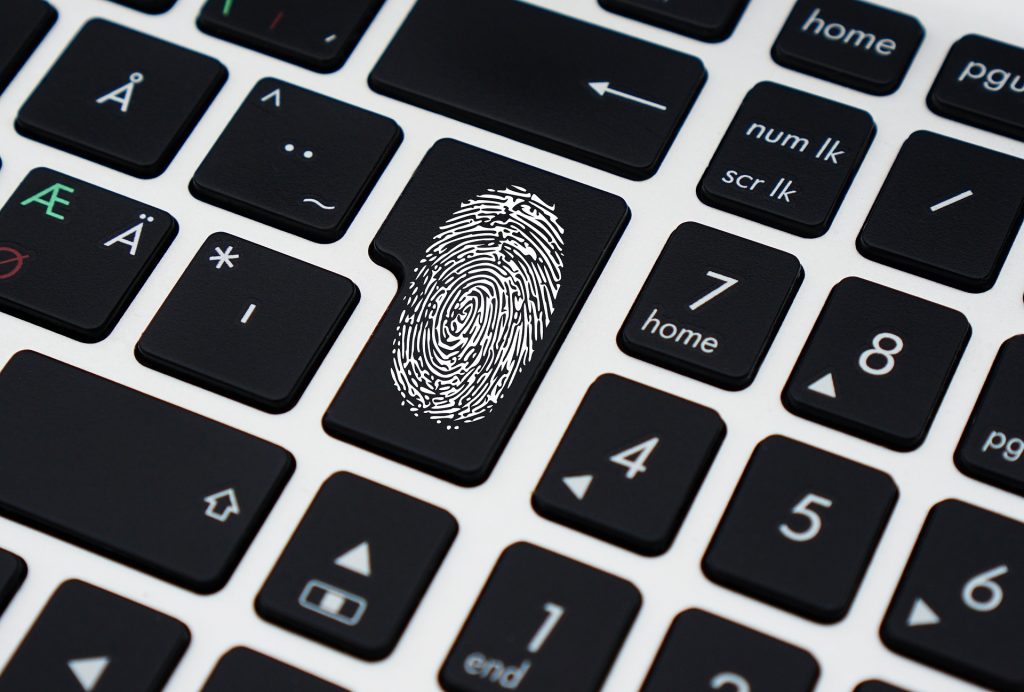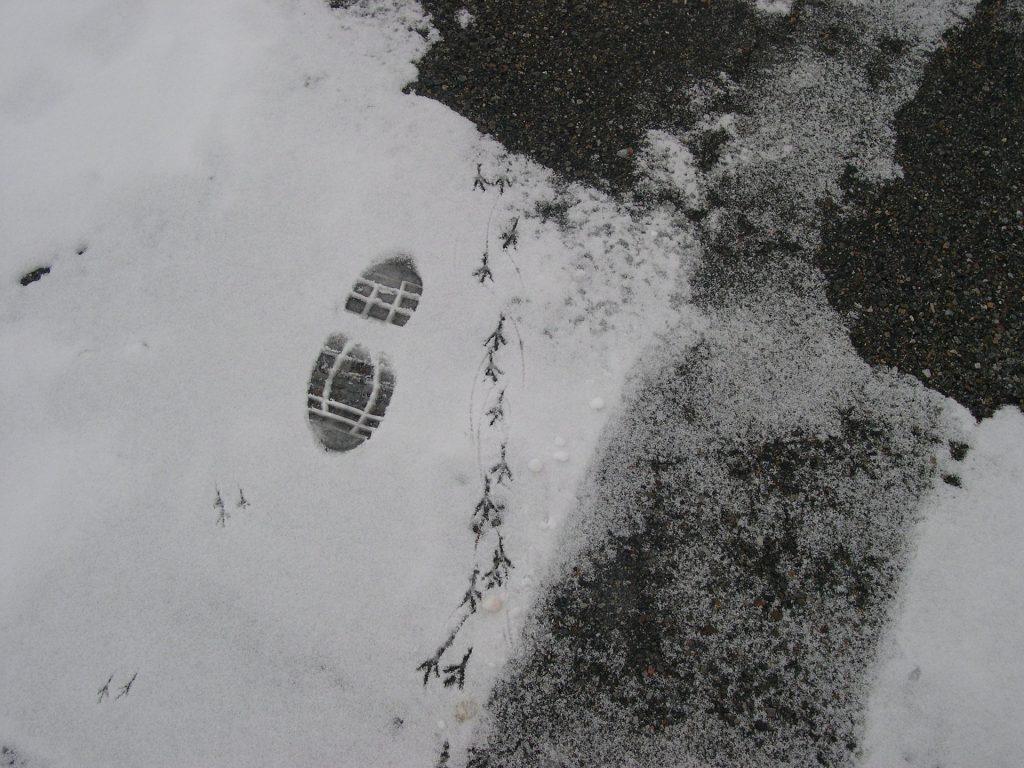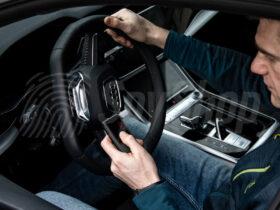Traces are everywhere. Hooves of a deer, clues left on purpose by children playing hare and hounds, even an advice note in your postbox left by a postman. In forensic science traces have a slightly different significance and make fans of detective novels feel thrills of excitement and have faster heartbeat.
Criminology defines trace evidence as outcomes of changes in reality that forensic specialists try to analyse to reconstruct crimes. They do it to verify hypotheses and versions of the examining magistrate and to determine the perpetrator. There are different types of trace evidence, like traces of escape (e.g. cut fence, sawn through bars), left at the place of a road accident (traces of braking, dented bumper) and also traces of a serious crime.
Following the perpetrator
Typical forensic traces are for example:
- hairs
- fibres
- glass
- plant material
- paint chips or transfers
- soil
- fingerprints
Traces are also objects that were not present at the scene before the crime and the other way round ‘ things that were present but went missing afterwards. There‘s a reason why forensic examiners deem an open water bottle left at the place of a homicide a potentially worthy trace.
They assume that the perpetrator may have drunk from it what would provide DNA samples and help to isolate their genetic profile. Similarly important traces are also cigarette butts, hairs or the murder weapon left at the scene.
If the afflicted family reports something missing from the house it may be an important piece of information indicating that the reason for the crime was a burglary, just like a broken lock or glass scattered under a window. These are all traces that should be appropriately secured and analysed to attain information on what really happened at the crime scene. Just like sand in our shoes is an indication that we have been at the beach.
If these were not analysed to look for cause-effect relationships and not connected with one another, traces would be meaningless, as on their basis logic versions of what must have happened are created. Trace evidence are even changes made in consciousness of individuals connected with the event. Identikit pictures and testimonies of witnesses are notable outcomes of such memory traces.
Fingers on a fork – on uniqueness of fingerprints
Traces confirming that a crime has been committed are of the most importance for the field of forensic science as it focuses on collecting, preserving, and analysing scientific evidence during the course of an investigation.
The most often left behind forensic traces are fingerprints.
Examination of fingerprints is a highly valuable method that allows to indicate the perpetrator, learn about identity of the victim or a witness not able to give personal data (for example, as a result of memory disturbance) or not willing to do so.
This method is widely used all over the world, since the early 20th century, and has led to many crimes being solved. There is even The International Fingerprint Research Group (IFRG) ‘ a researcher group that gathers every two years to exchange scientific knowledge in forensic identification. Their first meeting was held in London in 1974.
It does not mean that the identifying potential of tiny friction ridges on a human finger was not realised earlier. In the ancient times, fingerprints were used as a signature and were found on Babylonian clay tablets, seals and pottery. However, use of fingerprints in forensic science was significantly developed by Francis Galton who, in 1892, published a book on fingerprint analysis Finger Prints.
His books laid foundations for the principle that the pattern of the friction ridges cannot be changed, removed and is unique for every individual.
The uniqueness of fingerprints (but also of palms and even feet!) develops in a mother‘s womb between 100 and 120 day of foetal life. They stay with us even after death. Contradictory to what was suggested in the ‘Se7en‘ film with Morgan Freeman and Brad Pitt, it‘s not possible to remove them. It can happen only if the skin on palms gets fully damaged.
Become a forensic scientist
People leave millions of fingerprints on tons of objects every day, without even paying much attention to them. You write on a keyboard, hold a glass with water or flip through documents. They are easily deposited on many surfaces by the natural secretions of sweat from the eccrine glands present in our skin.

But if we are good citizens that have not committed any crime, why would anybody want to examine our fingerprints without a possibility to compare them with a database (I doubt that any of us owns a private fingerprints database;))?
This is however possible and easier than you think!
There are available on the market dactyloscopic powders that allow to reveal fingerprints left on almost every object and thus to check whether something was touched, moved, etc.
Special powders for UV objects marking applied with dedicated brushes mark objects in a way that is invisible to a human eye. They facilitate the identification of every person who has had a direct contact with the marked object as the UV powder is fluorescent ‘ it glows when illuminated with UV light. This method is safe and there are no consequences concerning health, and also no legal consequences for you, as this forensic gear is legal!
It can be used not only as a tool for catching somebody red-handed but also for entertainment and even for playing with children as you can show them how it works and explain the ‘magic‘ behind it.
Not only fingerprints
Traces in forensic science are not only fingerprints but also:

- traseological (traces of movements)
- mechanoscopical (changes in geometry of solid objects)
- biological
- physicochemical
- osphresiological (olfactory)
- traces of use of firearms
Extremely useful are also odontological traces – i.e. impressed size and teeth arrangement, for example, on a bitten apple. Such traces played a vital role in identification of one of the most notorious serious killers in the United States ‘ Ted Bundy.
During his criminal activity, he left bite marks on the bodies of his victims. Analysis of these bites matched to castings of Bundy‘s teeth what identified him as the killer and got him sentenced to death.
A person can also be identified on the basis of cheiloscopy (i.e. lips traces left on edge of glasses and cups) and even otoscopy, based on ear impressions, that may have been left by the perpetrator on a front door when listening whether there‘s anybody inside.
The famous words by Antoine de Saint-Exup‘ry that ‘what is most important is invisible to the eye‘ make a new sense in the light of this knowledge. Human bare eye is not always a perfect tool, so see more‘ under the microscope or in UV light 😉











Leave a Reply